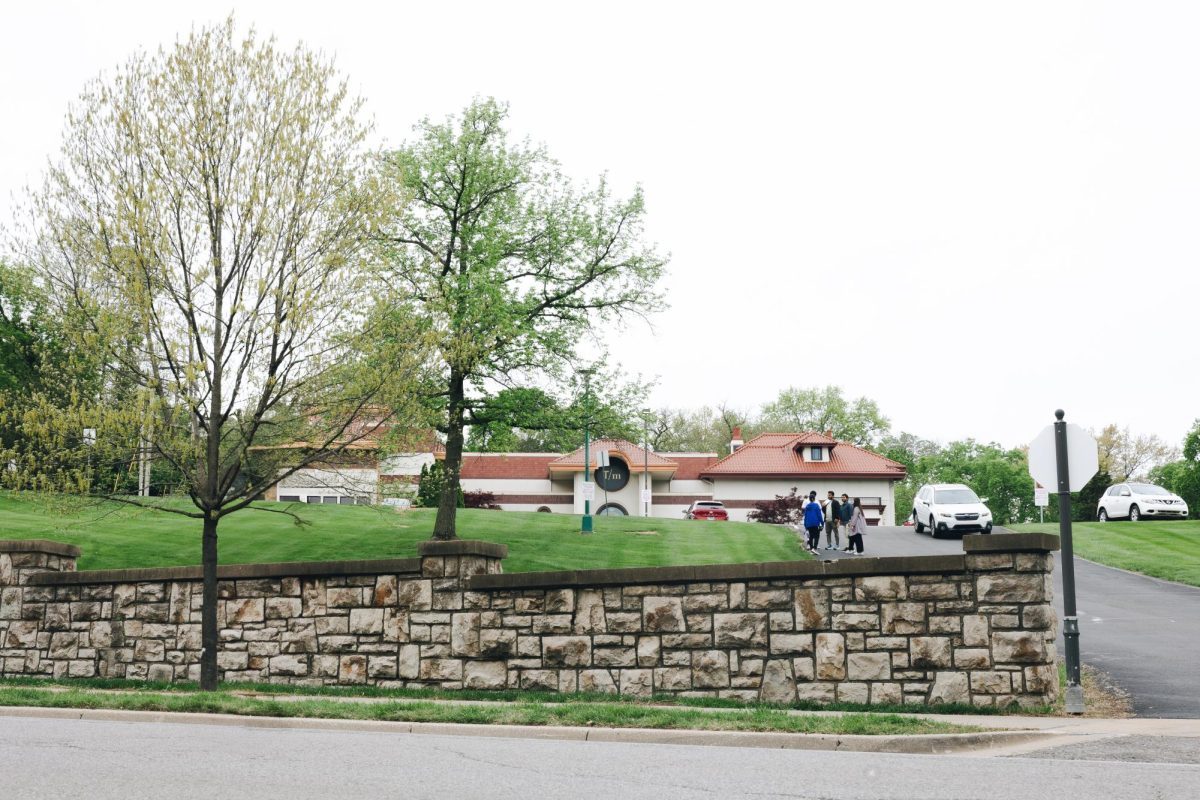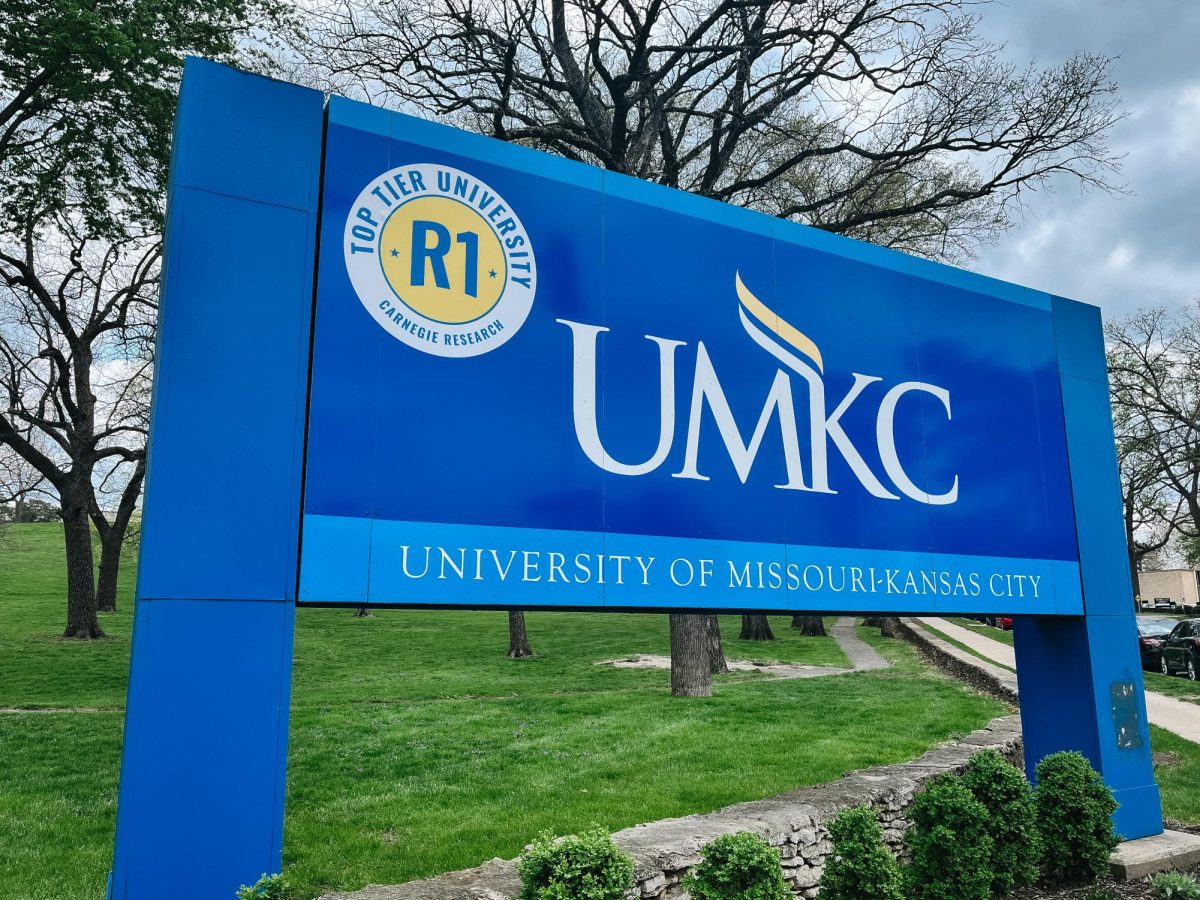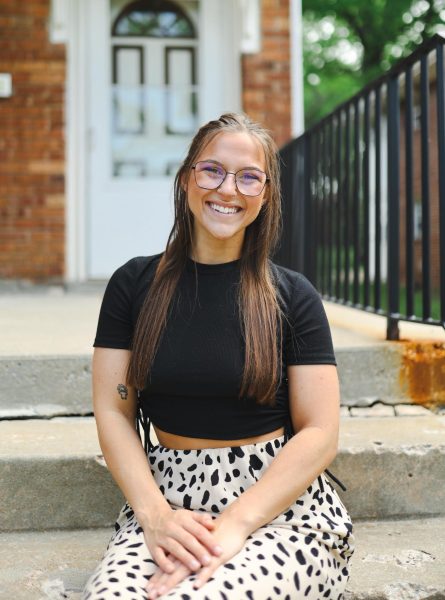On Tuesday morning, a group of Ukrainians, sponsored by Global Ties KC, visited Flarsheim Hall to discuss how they are fighting disinformation in Ukraine with members of UMKC faculty and staff.
Six Ukrainians working in academia, journalism and government institutions gathered to talk about how disinformation is spread in Ukraine and give insight to how UMKC can help students think critically about the news they consume.
“Their information technologies and news sources work so closely to build useful models,” said Communications Journalism Department Chair Ye Wang. “They built that collaboration of necessity that we will eventually need.”
Like in the United States, Ukrainian citizens are overloaded with information on social media, using a convenient, short form content platform called Telegram, with little ability to verify what is fact.
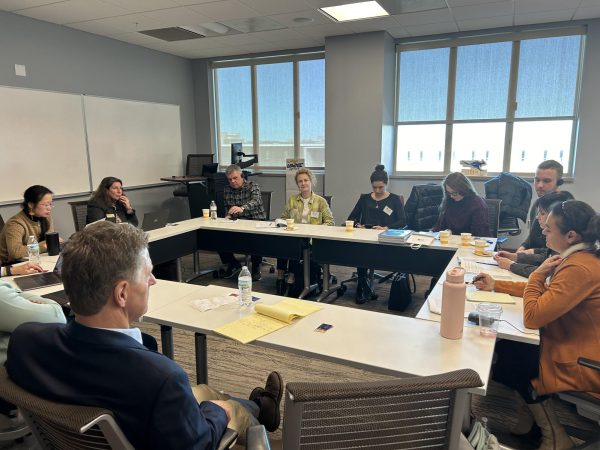
To counter this ongoing cycle of disinformation regarding the Ukrainian and Russian war, government offices in Ukraine each have their own Telegram channel to help clarify or discredit what citizens are seeing.
In addition, Ukrainians are very skeptical of the news they consume, even if it comes from Ukrainian sources and look for at least three viable sources before they begin to believe the information to be credible.
Ukrainian nonprofit organizations and government offices are taking initiative and helping citizens learn and sift through what information is propaganda, gossip or disinformation.
The group encourages UMKC students to “Verify, verify and verify,” the information they consume and states that media literacy is the basis of a united society.
Professor Peter Morello emphasized the importance of fact checking and media literacy for students, especially during an election year. “One hundred times a lie is the truth,” Morello said, regarding the widespread ability to share information, factual or not.
Global Ties KC works to increase a concept known as citizen diplomacy in the Heartland. According to their website, this concept highlights, “the right to engage across cultures and create shared understanding through meaningful interactions.”
lbb5ky@umsystem.edu


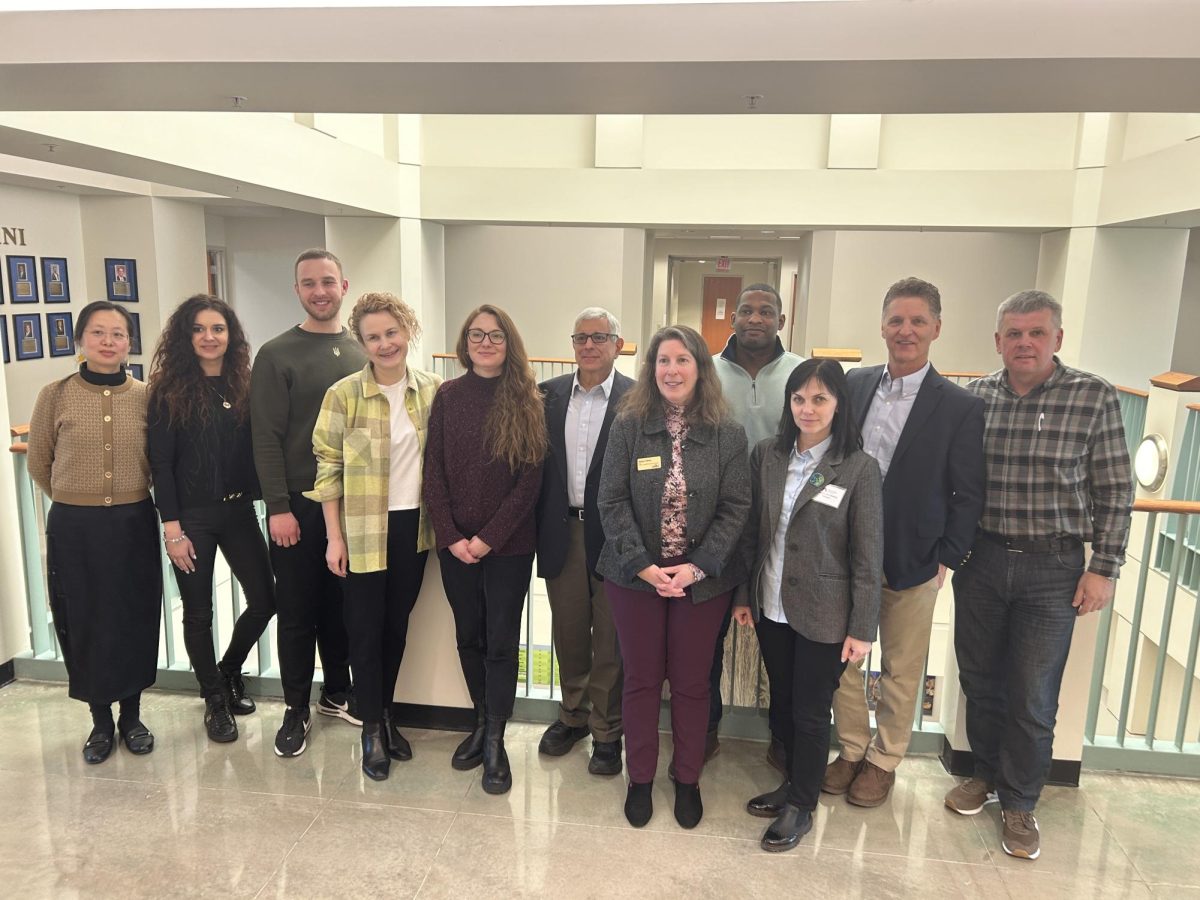

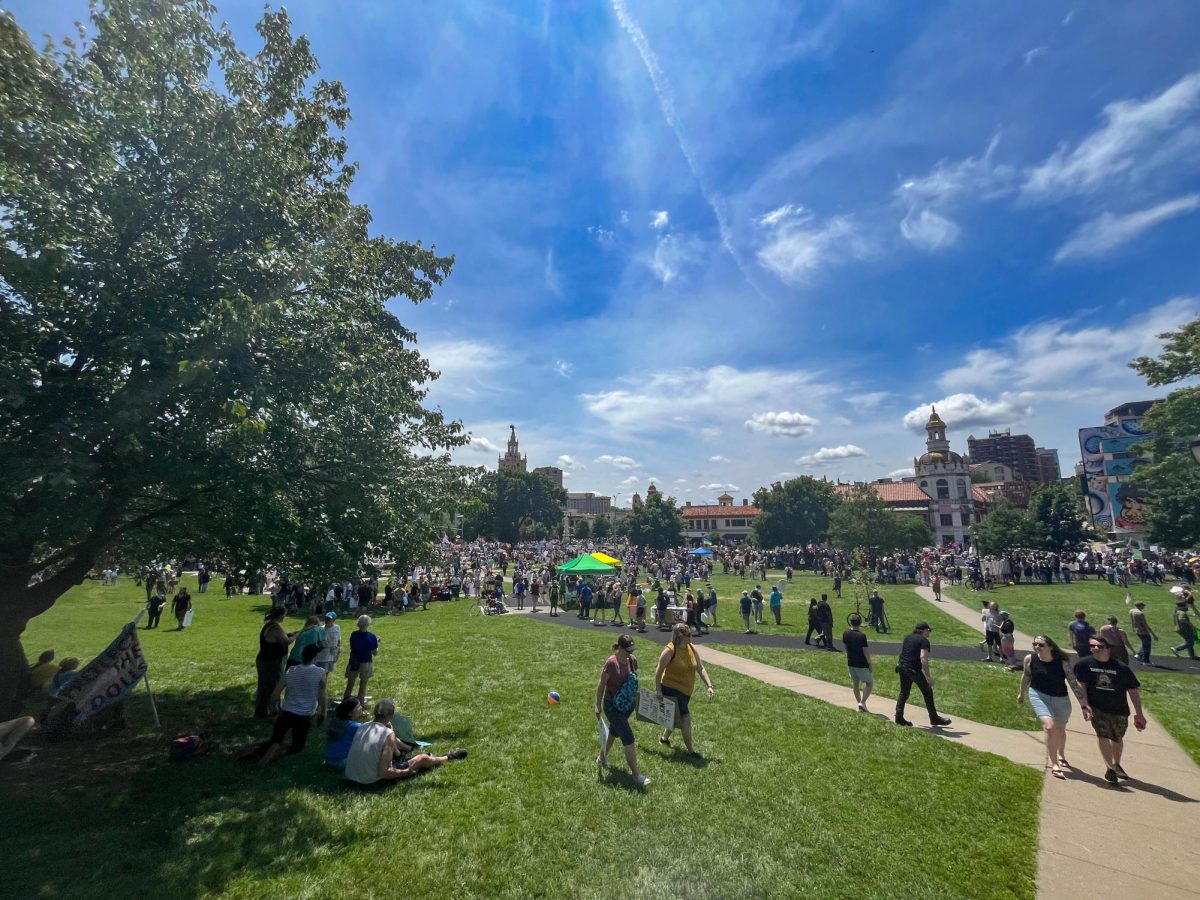
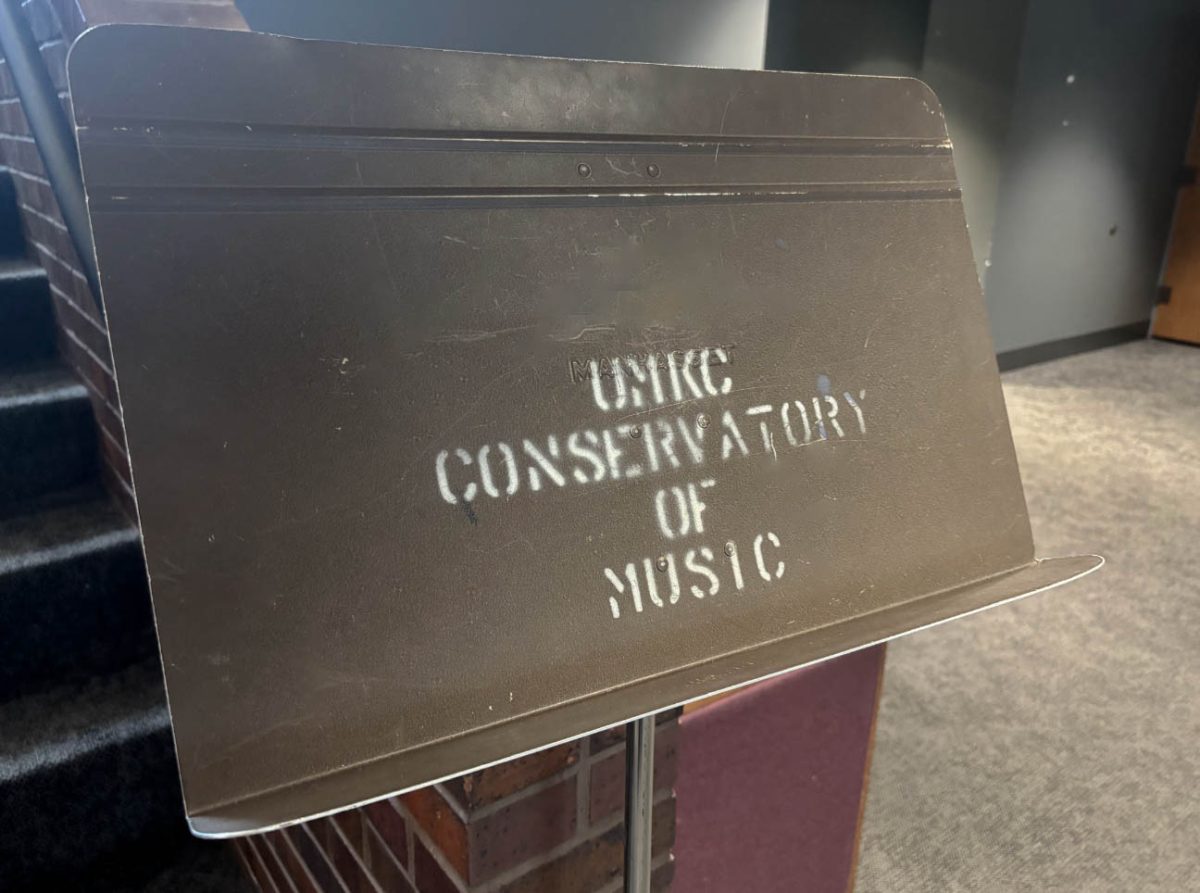

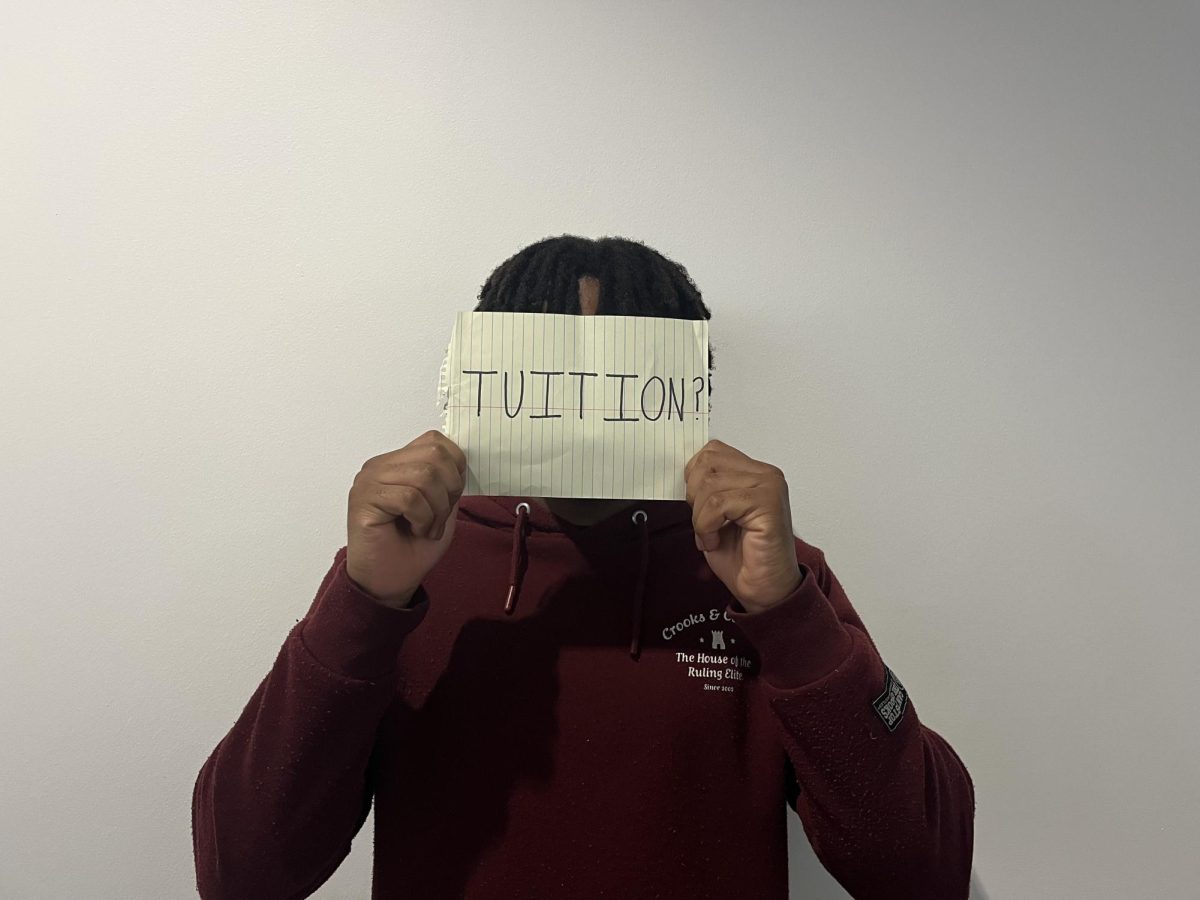
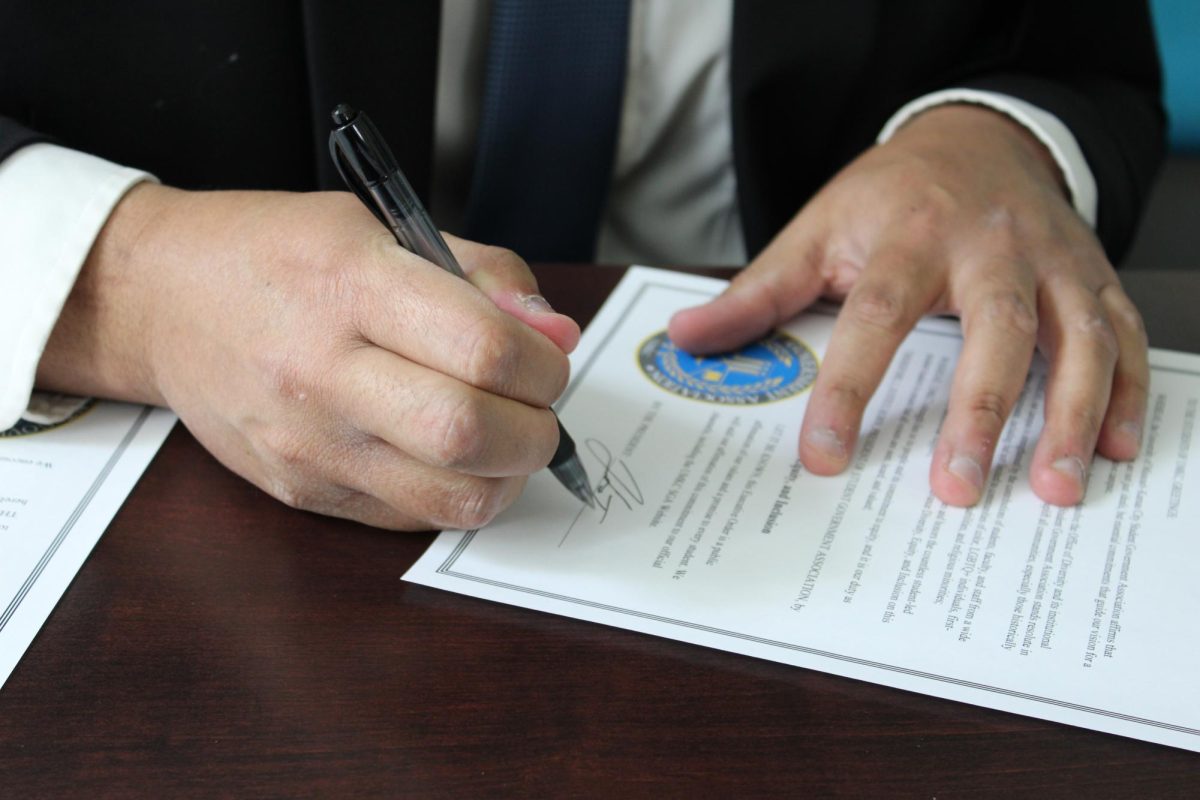
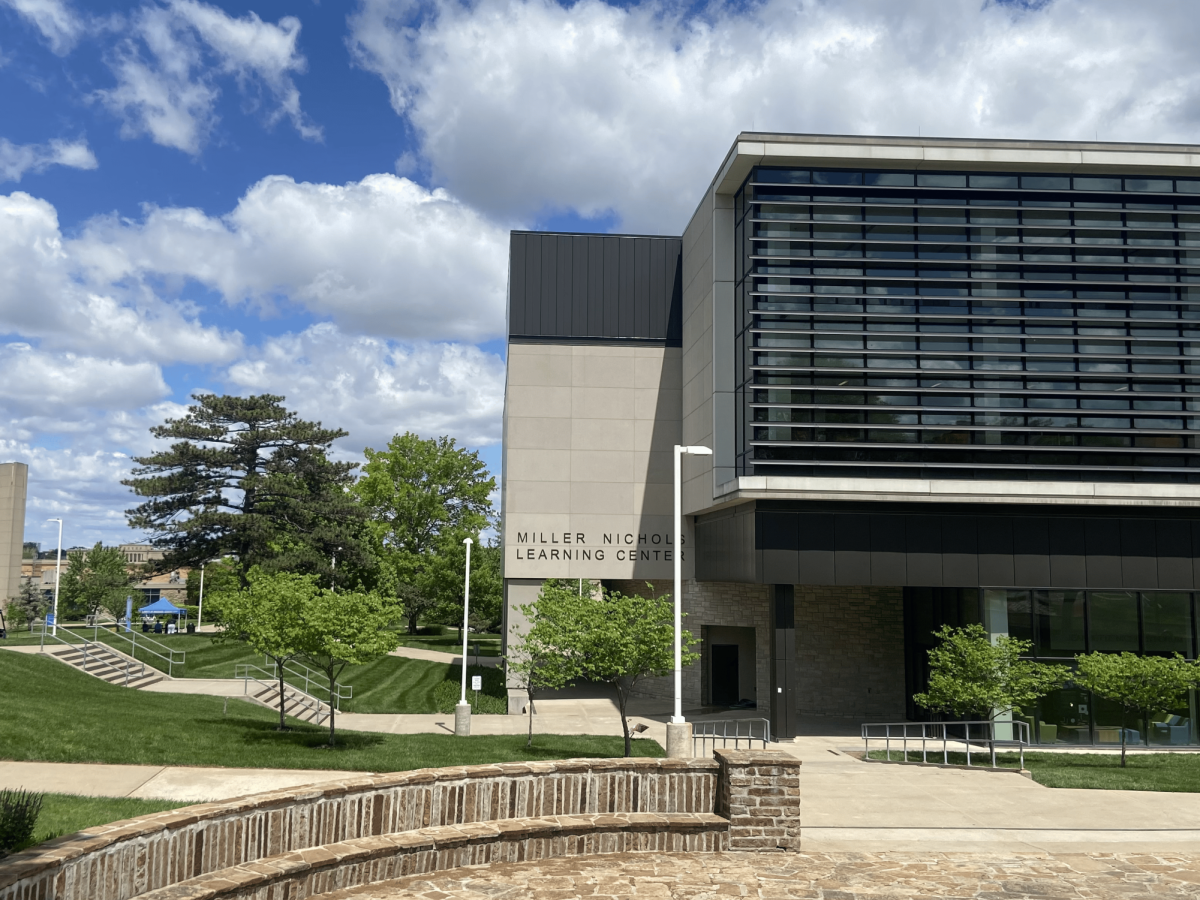
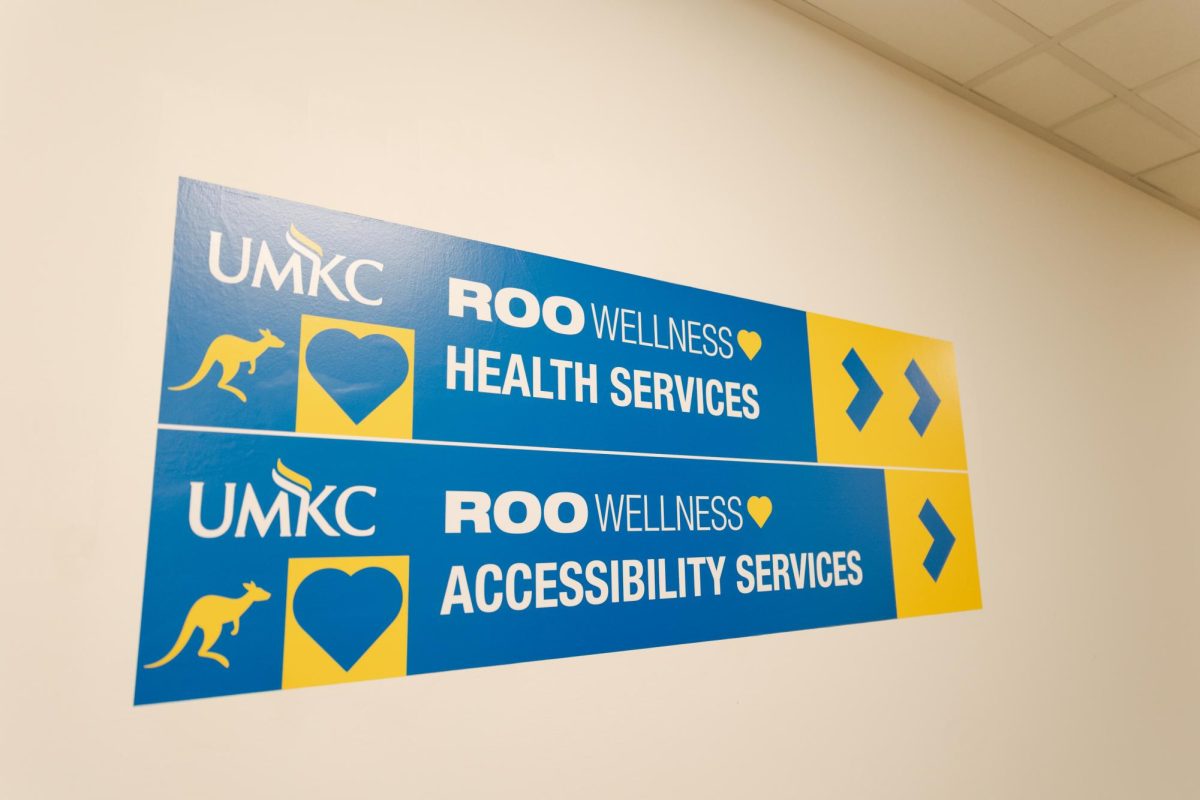
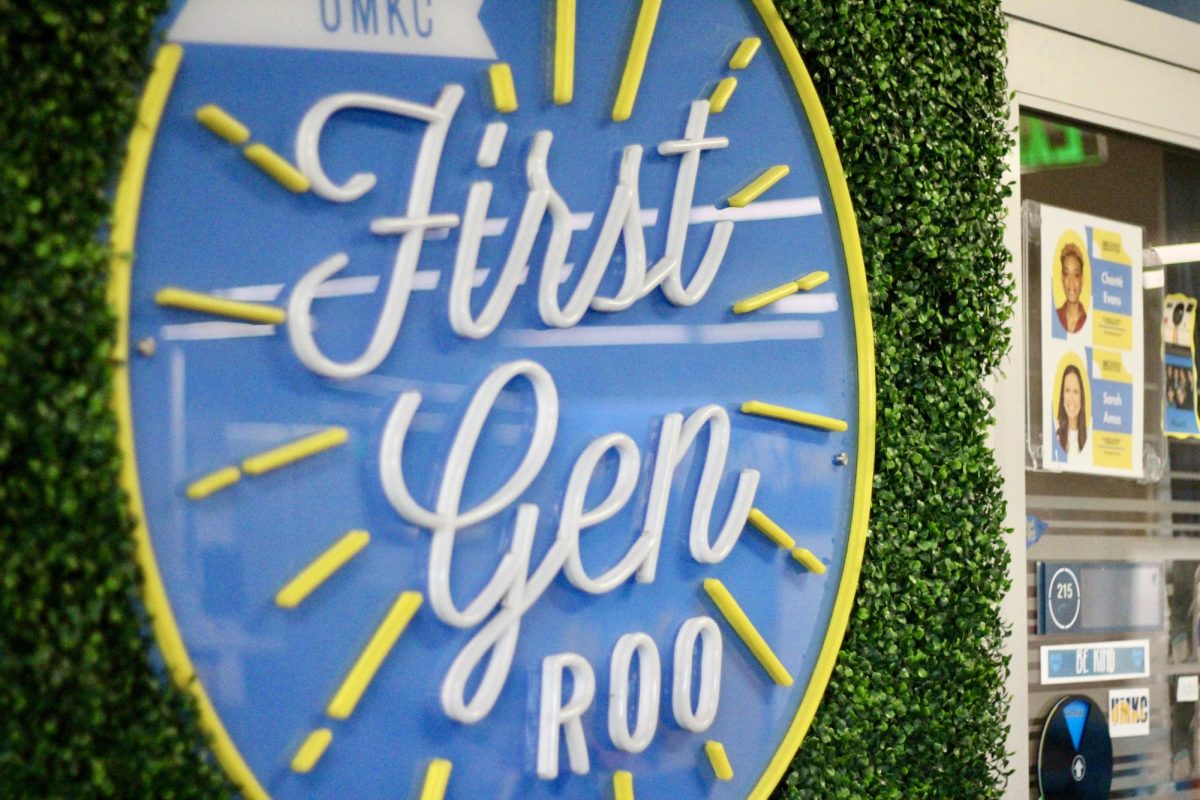

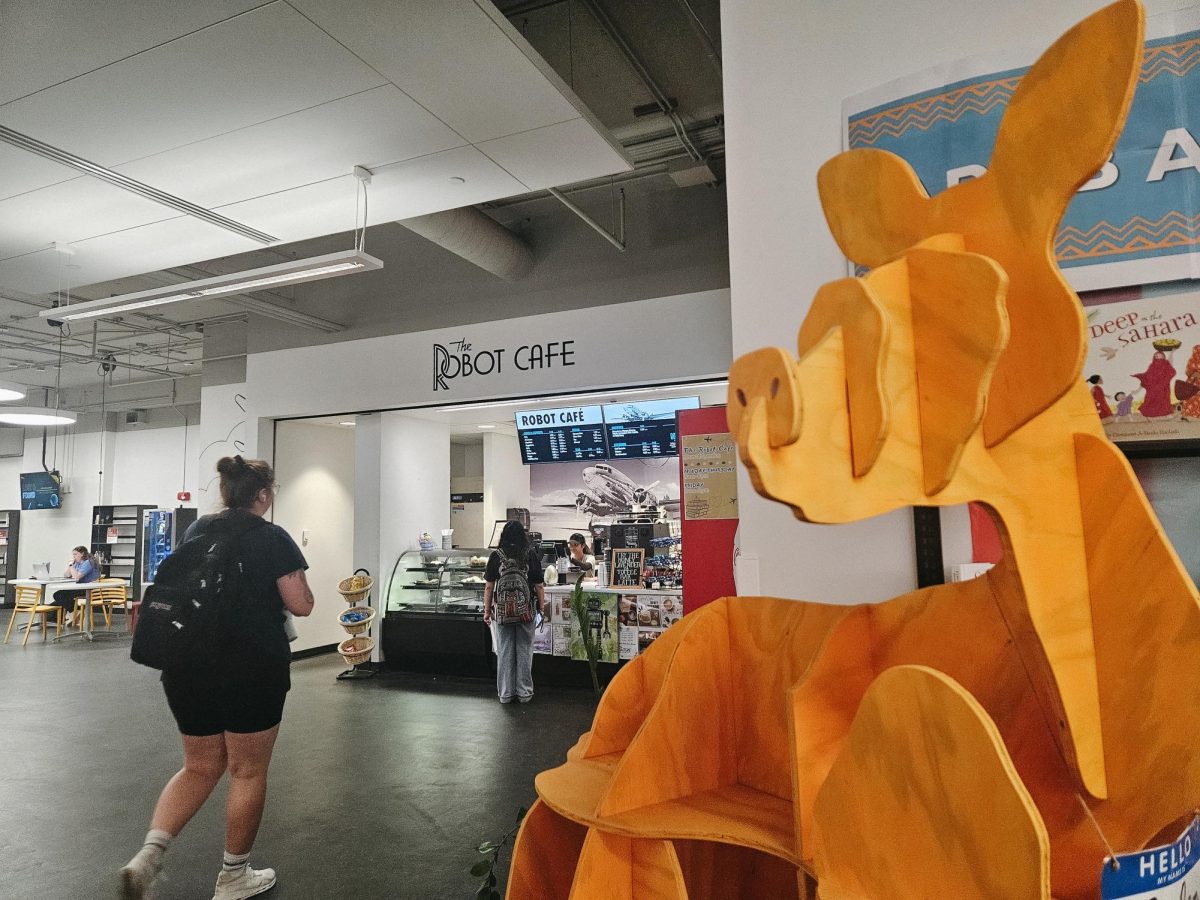
![Alex Unseth [left] and Yasmen Hassen [right] speaking at the dinner.](https://kcroonews.com/wp-content/uploads/2025/04/SGA-1-1200x800.jpg)
